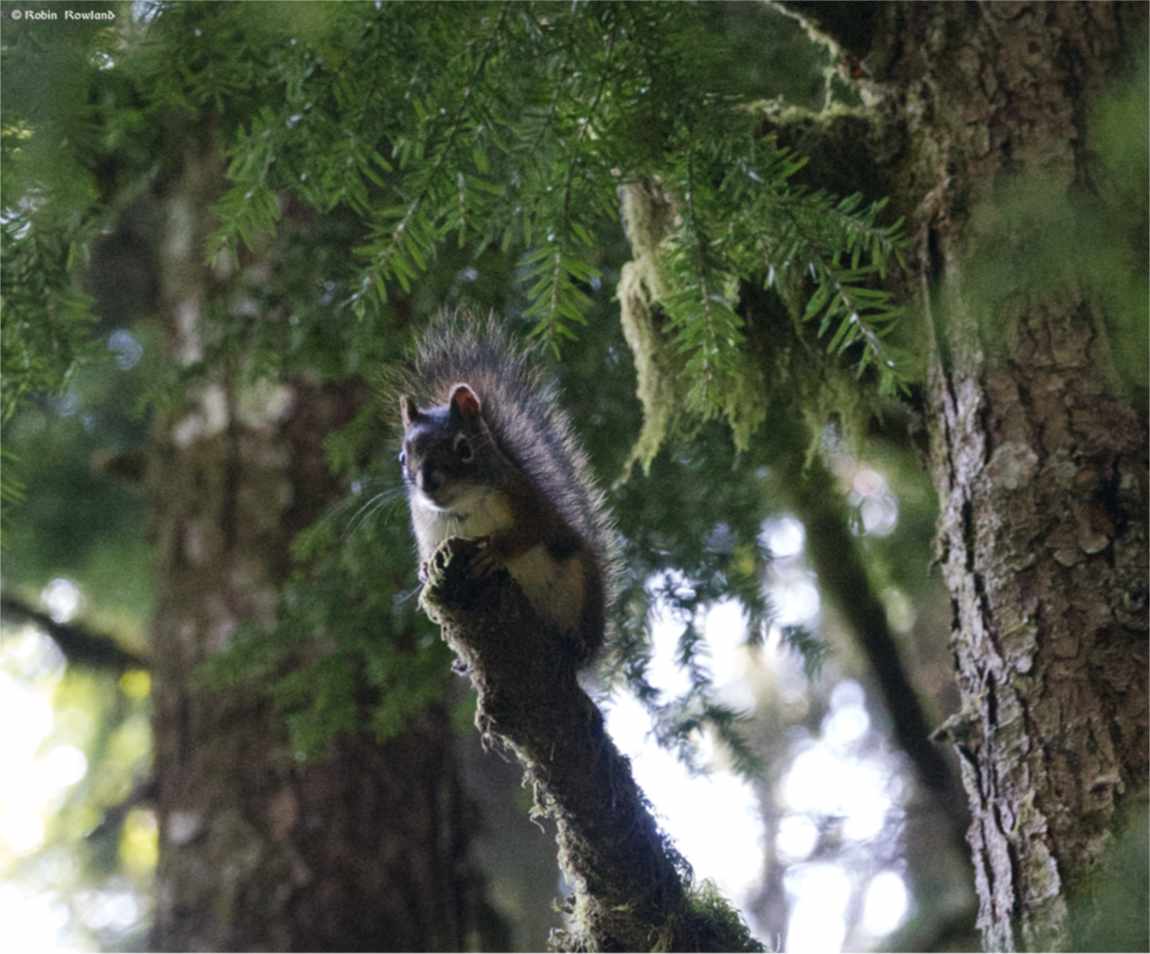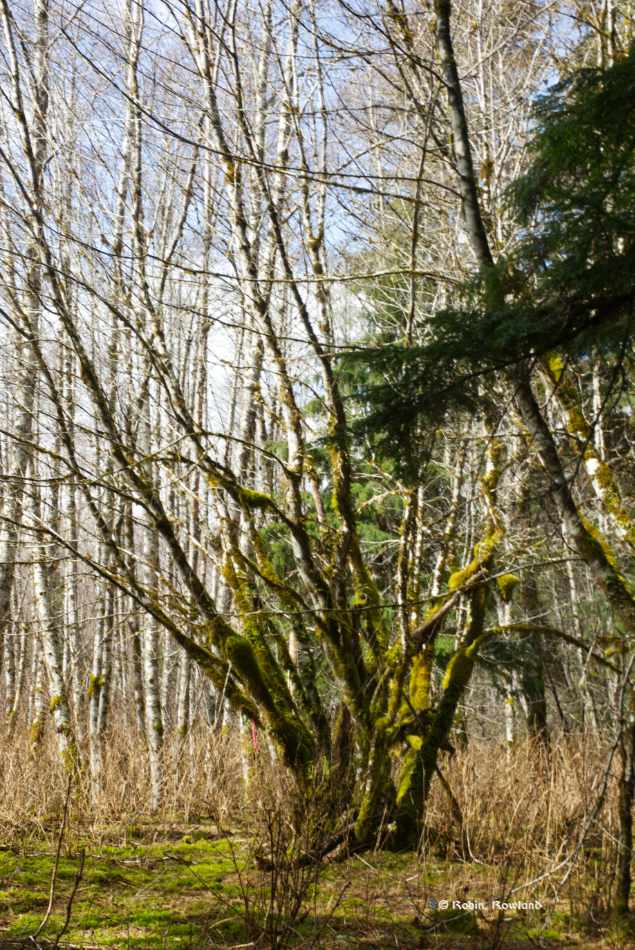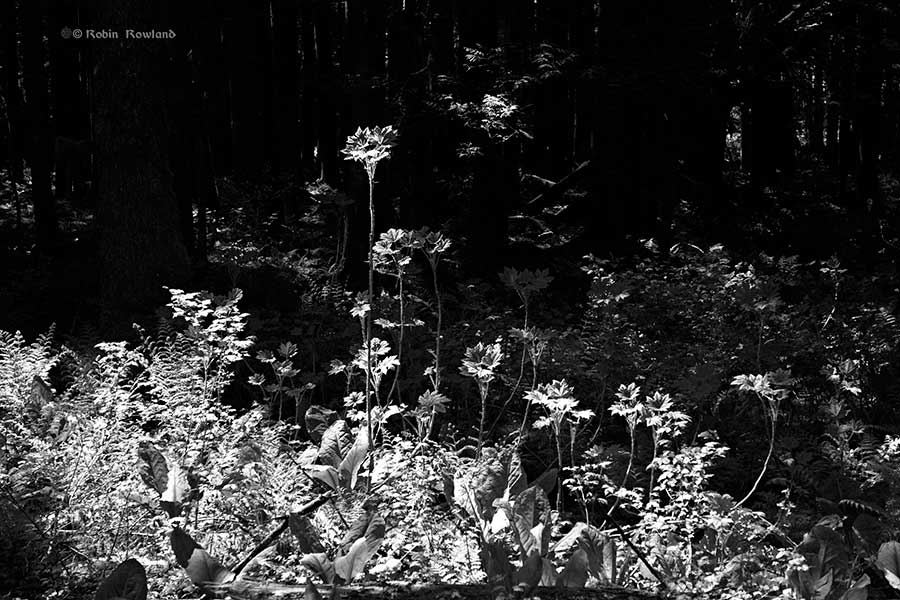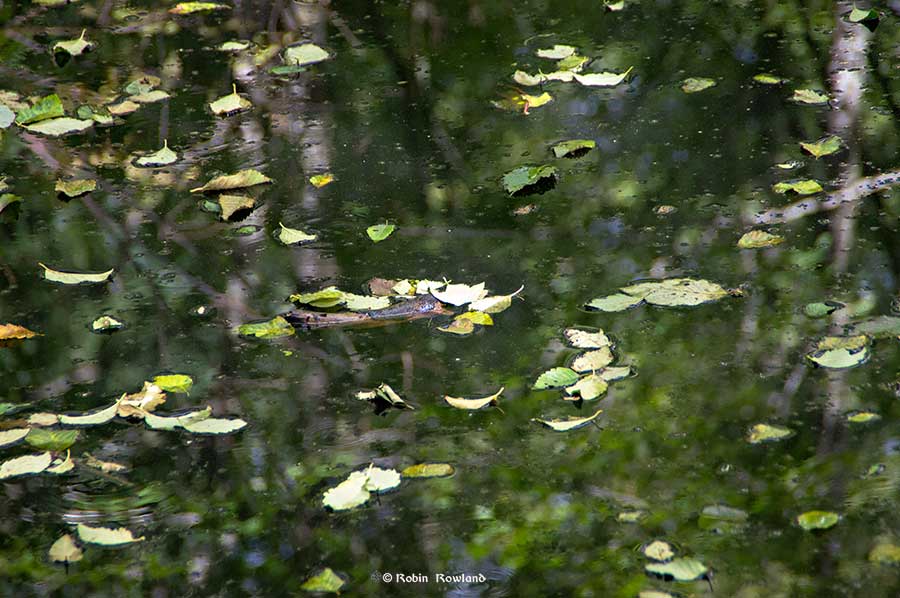A walk in the greenwood. Squirrels and pine siskins
My morning walk on Monday June 2, through the forested “gully” or “play gully” near my home was one of the reasons I love living in the northwest. It was peaceful, different species of birds chirping and the light through the trees was amazing. There was also wildlife. Time for cute. I first managed to […]






